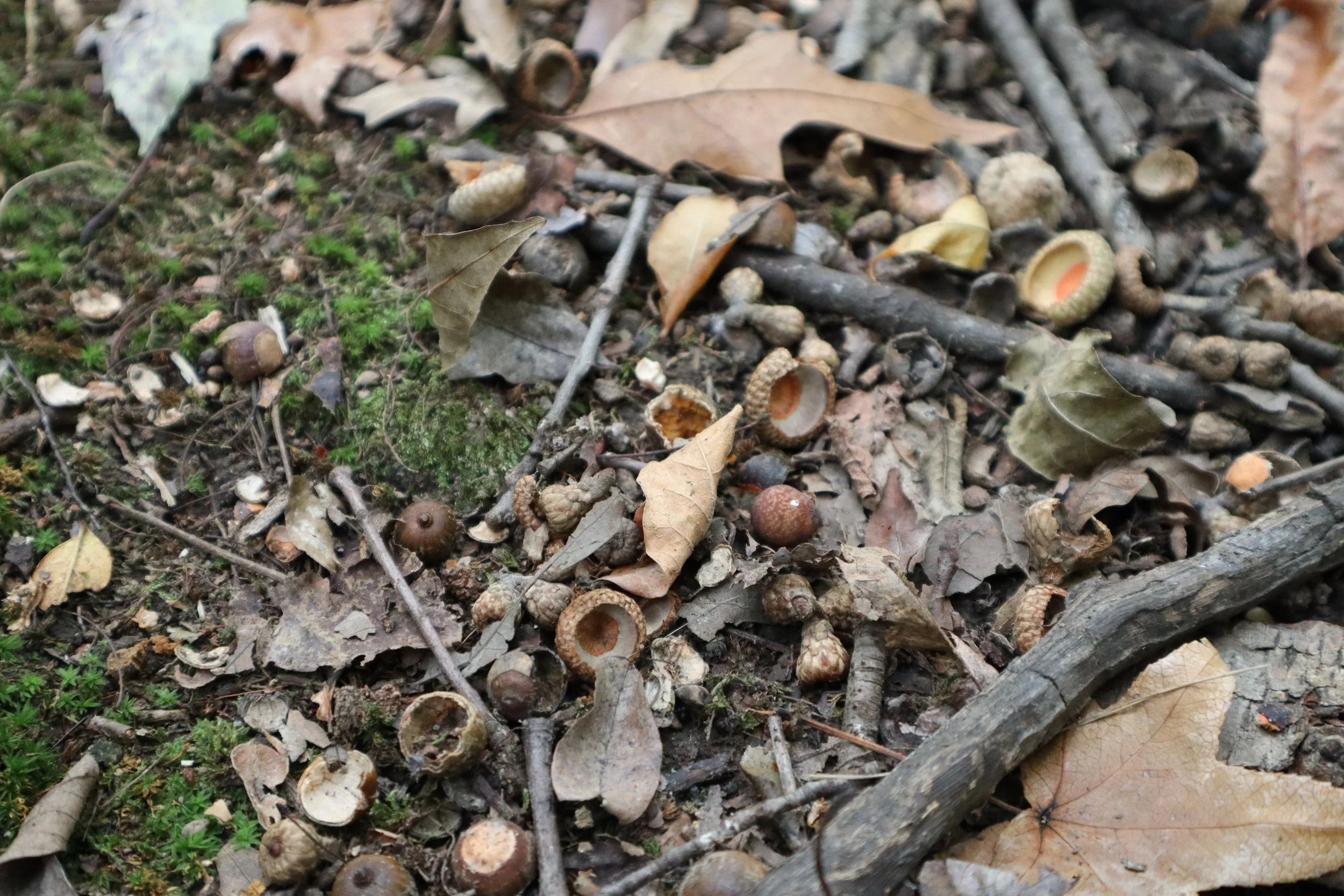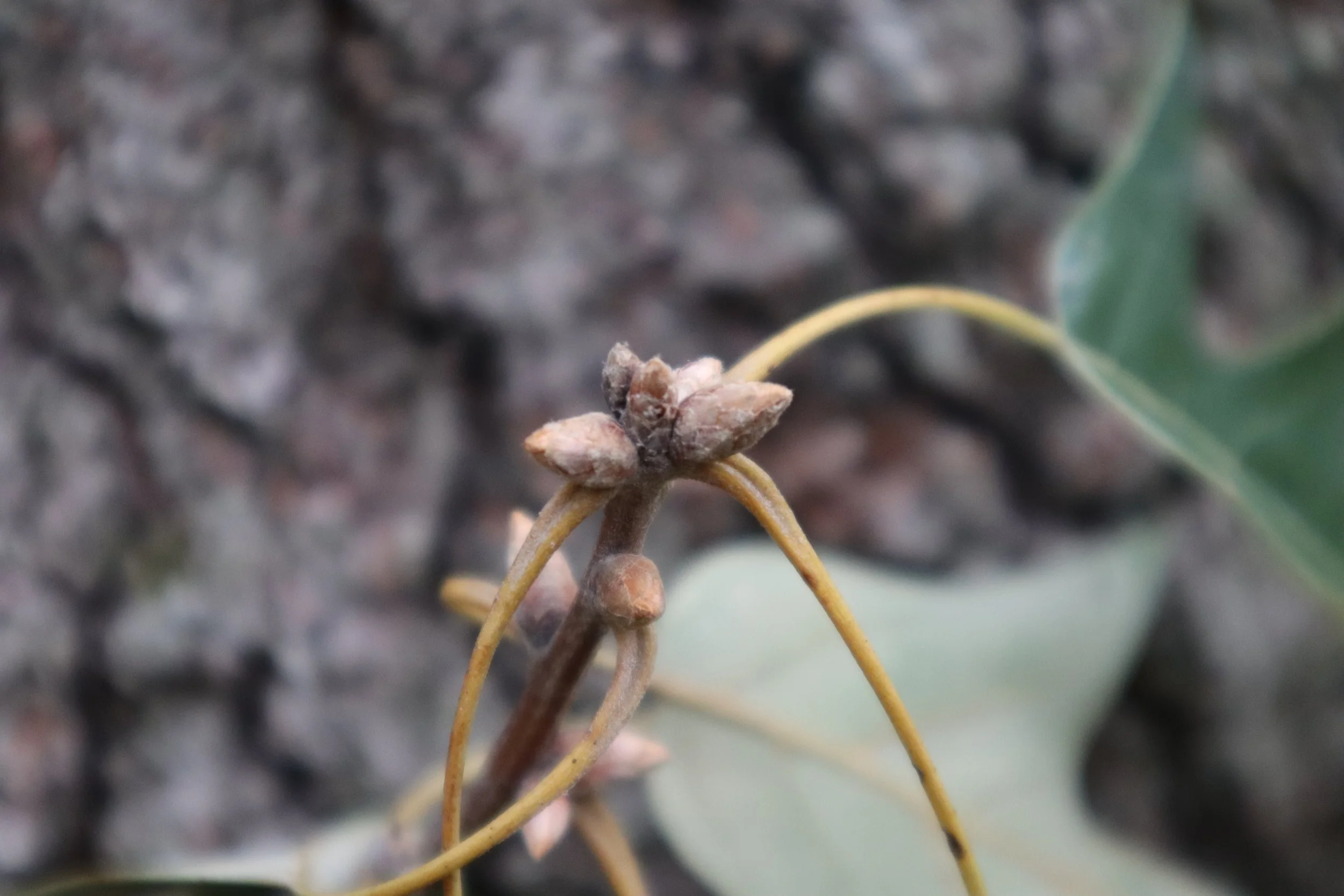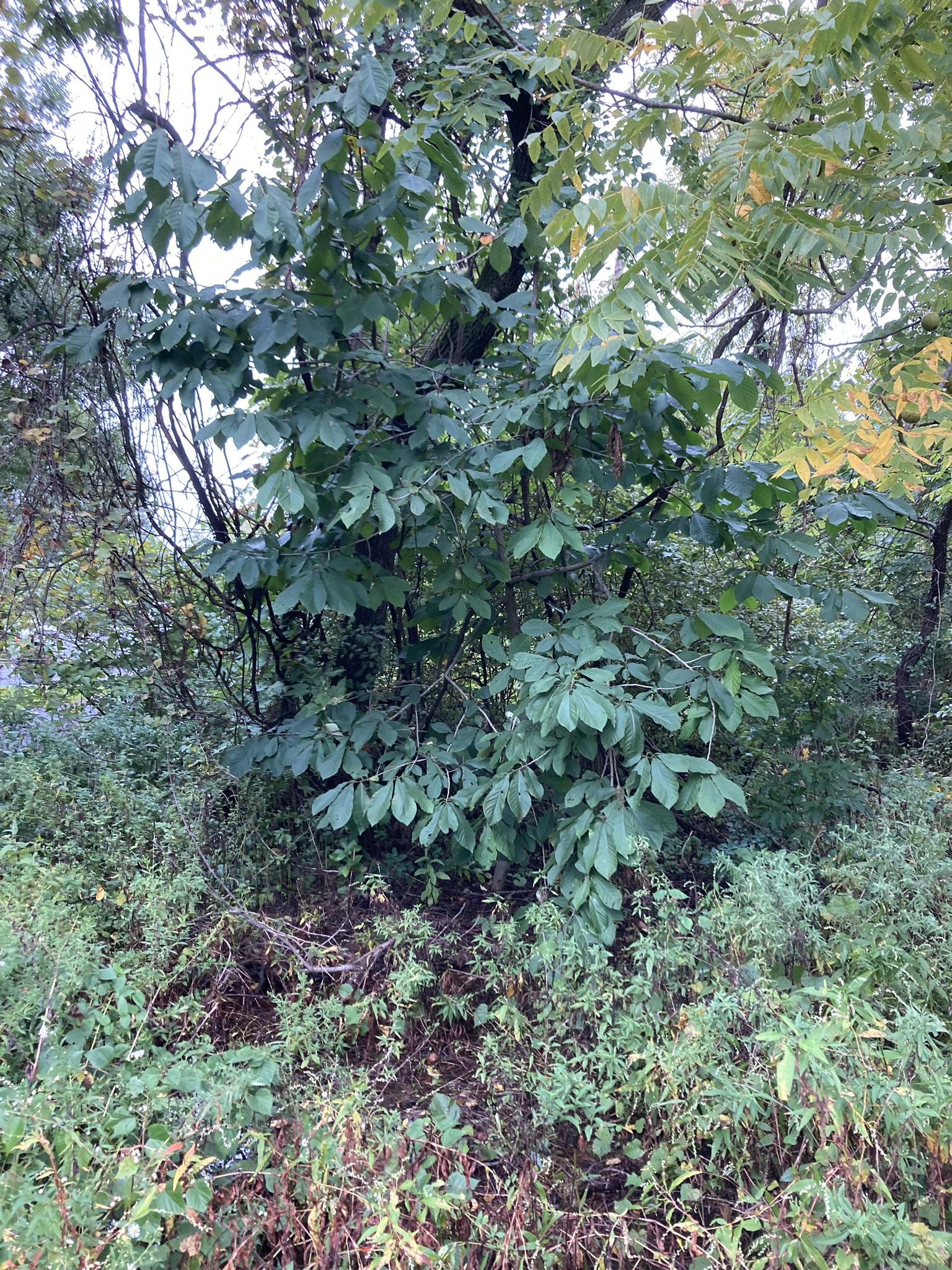 Image 1 of 10
Image 1 of 10

 Image 2 of 10
Image 2 of 10

 Image 3 of 10
Image 3 of 10

 Image 4 of 10
Image 4 of 10

 Image 5 of 10
Image 5 of 10

 Image 6 of 10
Image 6 of 10

 Image 7 of 10
Image 7 of 10

 Image 8 of 10
Image 8 of 10

 Image 9 of 10
Image 9 of 10

 Image 10 of 10
Image 10 of 10











Southern Red Oak
🌳 Quercus falcata (Southern Red Oak)
Large Deciduous Tree | Southeastern U.S. Native | Keystone Species | Dry-Site Specialist
Highlights for Native Plant Enthusiasts:
🐛 Top-tier Lepidoptera host—supports over 500 species of native caterpillars, fueling food webs
🐿 Acorns feed wildlife including wild turkey, blue jays, deer, squirrels, and woodpeckers
🌿 Adapted to dry, sandy, or rocky upland soils—thrives where other trees struggle
🍂 Unique, falcate (sickle-shaped) leaves—two-lobed or deeply cut, with bold autumn color
🌳 Important component of oak–hickory and southern upland forests
🔥 Fire-tolerant species—ideal for restoration in fire-adapted ecosystems
Growing Information:
Height: 60–100 ft | Spread: 40–70 ft
Soil: Prefers dry, well-drained, acidic soils; highly tolerant of poor fertility
Light: Full sun
Zones: 6–9
Type: Long-lived deciduous canopy tree
Ecological Niche: Upland forests, ridges, and old fields in the southeastern and south-central U.S.
Why Native Growers Love It:
Quercus falcata is a cornerstone of southern upland biodiversity, providing essential acorns and insect biomass while anchoring reforestation on tough, dry soils. Its leaves support hundreds of moth and butterfly larvae, helping feed nesting birds, reptiles, and small mammals. Its deep roots and sturdy form also make it resilient to drought and disturbance.
If you’re rewilding in the Southeast, restoring degraded lands, or simply looking to add an ecologically powerful native tree to your landscape, Southern Red Oak is a habitat hero.
Available as bare root or container-grown saplings. Seed sourced from wild, regional populations. Never treated with systemic pesticides.
🛒 Plant Quercus falcata—restore the ridges, rebuild the food web.
🌳 Quercus falcata (Southern Red Oak)
Large Deciduous Tree | Southeastern U.S. Native | Keystone Species | Dry-Site Specialist
Highlights for Native Plant Enthusiasts:
🐛 Top-tier Lepidoptera host—supports over 500 species of native caterpillars, fueling food webs
🐿 Acorns feed wildlife including wild turkey, blue jays, deer, squirrels, and woodpeckers
🌿 Adapted to dry, sandy, or rocky upland soils—thrives where other trees struggle
🍂 Unique, falcate (sickle-shaped) leaves—two-lobed or deeply cut, with bold autumn color
🌳 Important component of oak–hickory and southern upland forests
🔥 Fire-tolerant species—ideal for restoration in fire-adapted ecosystems
Growing Information:
Height: 60–100 ft | Spread: 40–70 ft
Soil: Prefers dry, well-drained, acidic soils; highly tolerant of poor fertility
Light: Full sun
Zones: 6–9
Type: Long-lived deciduous canopy tree
Ecological Niche: Upland forests, ridges, and old fields in the southeastern and south-central U.S.
Why Native Growers Love It:
Quercus falcata is a cornerstone of southern upland biodiversity, providing essential acorns and insect biomass while anchoring reforestation on tough, dry soils. Its leaves support hundreds of moth and butterfly larvae, helping feed nesting birds, reptiles, and small mammals. Its deep roots and sturdy form also make it resilient to drought and disturbance.
If you’re rewilding in the Southeast, restoring degraded lands, or simply looking to add an ecologically powerful native tree to your landscape, Southern Red Oak is a habitat hero.
Available as bare root or container-grown saplings. Seed sourced from wild, regional populations. Never treated with systemic pesticides.
🛒 Plant Quercus falcata—restore the ridges, rebuild the food web.































